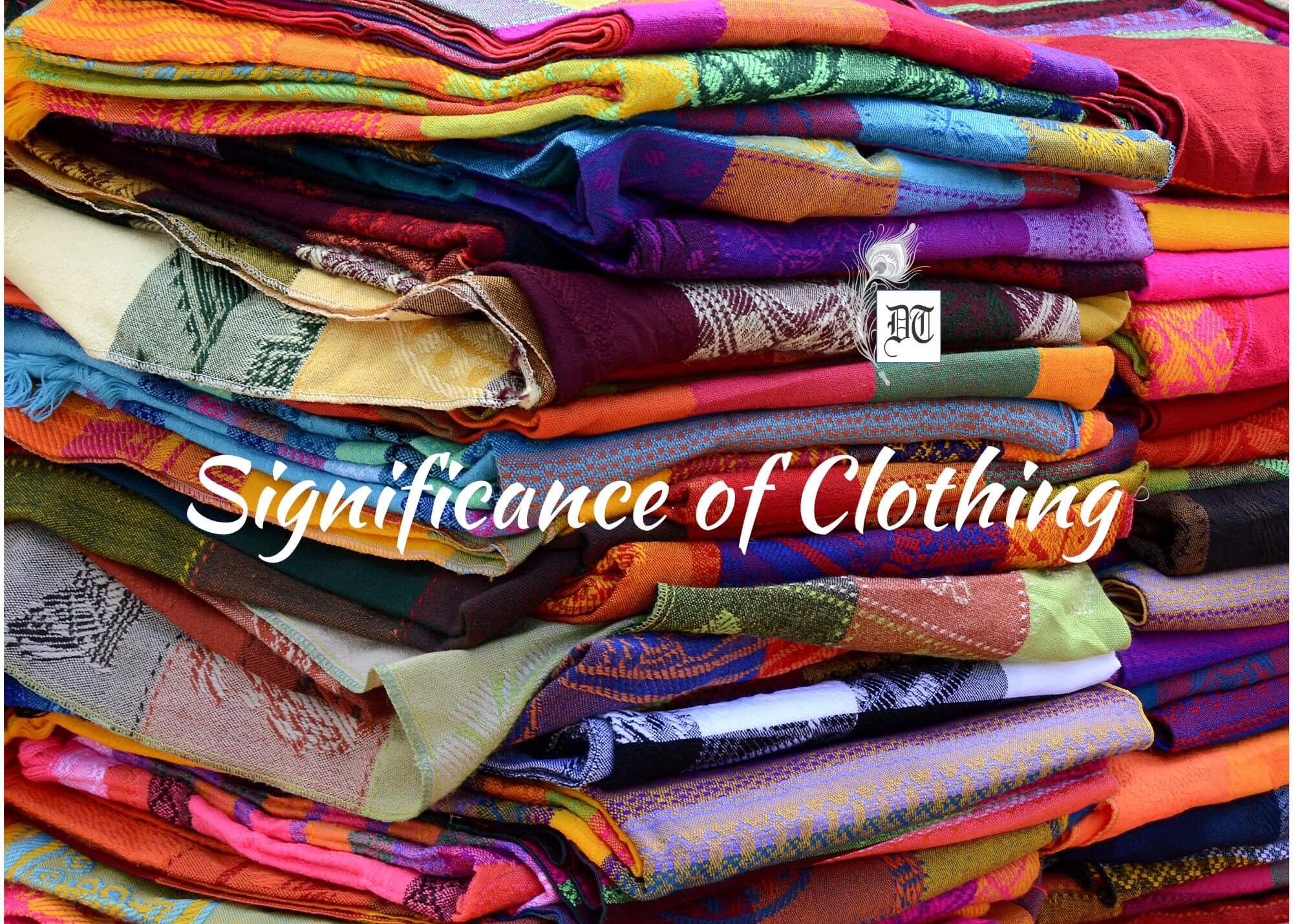Shameena tells us about the importance of turbans amongst Sikhs. It’s a part of their identities, she says, in the fourth part of her weekly column. A Different Truths exclusive.
A very important and exciting event in the life of a Sikh boy is when he starts tying the turban. In a Sikh family, this ceremony is held normally when the boy is between 11 to 16 years old. It is usually held in a Gurudwara before the Guru Granth Sahib and following Ardas. It is called Dastar Bandi. Sometimes the family will have a special function inviting close friends and relatives to celebrate the occasion. The boy is seated in front of Guru Granth Sahib. An elder relation ties the turban on his head. The Granthi (the reader of Guru Granth Sahib) explains to the boy why he must keep long hair and wear a turban. Prayers are said to invoke Guru’s blessing on the boy. The turban tied in this ceremony can be of any colour; however, baby pink is the most popular of all these days.
Sehra Bandhi
In Sikhs, the wedding happens during the day. On the same day, a custom called Sehra Bandhi is  performed at groom’s house, before he leaves for Gurudwara for the wedding. During this the sisters of the groom ties ‘Kalgi’ (turban accessory) on his turban. This custom is derived from Hindu and Muslim wedding where ‘Sehra’- a flowery veil is tied on the groom’s head to cover his face. However, in most of the Sikh weddings today the groom wears the veil along with the traditional ‘Kalgi’ on his turban.
performed at groom’s house, before he leaves for Gurudwara for the wedding. During this the sisters of the groom ties ‘Kalgi’ (turban accessory) on his turban. This custom is derived from Hindu and Muslim wedding where ‘Sehra’- a flowery veil is tied on the groom’s head to cover his face. However, in most of the Sikh weddings today the groom wears the veil along with the traditional ‘Kalgi’ on his turban.
Rasam Pagri or Rasam Dastar or Bhog
It is a ceremony conducted upon the death of the oldest male member in a family, in which the oldest surviving male member of the family is presented with a turban and declared the new head of the family in the presence of the extended family or clan. The turban signifies honour, and the ceremony signifies the transition of responsibility for the protection and welfare of the family from the deceased to the surviving oldest male member. The ceremony usually takes place on the 10th day of the day of funeral rites.
Colour in Sikh Turbans and Accessories
The turban cloth comes in every possible colour and pattern, however, there are three most commonly worn colours which are – white, deep blue, and saffron orange. Nowadays most men and women tend to coordinate the colour of the turban with their outfit and vice versa. The patterned turban has become a case of fashion especially with the Sikhs living in the metropolitan cities in India.
Culturally, there are some commonly regarded colour preferences for certain occasions, which are as follows:
• Saffron is associated with valour, is worn during rallies.
• White is associated with peace, is worn by elders. Many Sikh men and women choose to don a White, Off-White or a similar shade daily as part of their beliefs in keeping with the faith.
It is also a common colour worn by Eastern Sikhs at events such as a funeral ceremony or any event where 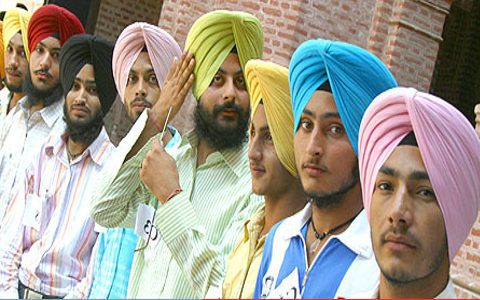 a bright colour would not be considered appropriate. On the other hand, Western Sikhs commonly wear White as part of their daily Sikh garb. White turbans are worn to extend the aura and the person’s projection.
a bright colour would not be considered appropriate. On the other hand, Western Sikhs commonly wear White as part of their daily Sikh garb. White turbans are worn to extend the aura and the person’s projection.
• Pink and Red is associated with spring, is worn during that season or for marriage ceremonies.
• Orange and Navy Blue are traditional Sikh Khalsa colours, also worn on days of religious observance or special commemorative events. The blue is the colour of the warrior and of protection. Royal blue or navy blue turbans are common among Sikh ministers and Gyanis, especially in India. Orange represents wisdom.
• Black and Navy Blue are more popular with the younger generation and also worn at more formal events.
• Black turbans are believed to represents the surrender of the ego.
• The camouflage pattern is worn by the military personnel.
Fifty
A Fifty is a small band of cloth worn on the forehead. Once the turban is tied, this piece of cloth becomes visible in the form of a triangle which helps align the turban symmetrically. It also keeps the hair bun tightly in place and protects the turban from the oiled hair. The origin of Fifty traces back to the British rule in India, when the Sikhs in the British army were permitted to wear their turbans. They started the trend of wearing a mini-turban (2.5 m long) below the main turban (5 m long) and as the mini turban was 50% of the cloth size, of the main turban, hence it was named Fifty. In today’s time, Sikhs wear a small band of cloth to cover their forehead only, instead of the covering their head with the mini turban.
Thata
A Thata or Thada is a small band of cloth worn by Sikh men around their beard to hold it in place. It is usually worn in the morning for 20-30 mins to set the beard for the entire day.
Salai or Baaj
Baaj is 10cm long hairpin used to secure loose or short dreads from popping out of the turban and also, to straighten the drapes (Ladh) of the turban. The pin is then inserted into the drapes, kept concealed and is taken out only if there’s a need to fix up the turban.
Beard Pins
These are used to keep the hair of the beard in place.
Beard Rubber Bands
These are used to tie the beard into a bun.
Kalgi
A metal badge, consisting of a single feather or a cluster of feathers with a vertical pin for insertion at the crest of the turban is worn as an ornament. At times Kalgi is amalgamated with a string of pearls. Historically, Kalgi was usually reserved for Rajas (Princes) and Maharajas. Sikh Gurus are often depicted in paintings and drawings with Kalgis. Today, it has become a fashion item, most often seen in Sikh weddings. These days Kalgis are commonly made of plastic.
Gota
Gota or ribbons are sewn onto turban is worn during weddings and festival. They are used to highlight the edges of the turbans. Mostly used in silver or gold color, this style was made popular by Daler Mehndi – a famous Punjabi Pop singer of the 1990’s.
Daggers and Knives
Draggers and knives of various sizes are worn by Nihangs on their turban.
Iron Chains
Iron Chains are used to wind around the Nihang turbans to hold draggers, knives, and Khanda in place.
Khanda
The Sikh coat of arms, or “Khalsa Crest,” is commonly called the Khanda. It refers to a double-edged sword in the centre of the emblem. Khanda, in the form of a pin, is worn on a turban especially by Nihangs.
The Acairclet or Chakar
The circlet is throwing weapon used in battle. It is sometimes worn on the turbans of Nihangs.
(To be continued)
©Shameena Abdurahiman
Photos from the Internet, sourced from the author
#Turban #PunjabiTurban #ColorsOfTurban #UnstichedClothing #HeadGear #FashionFunda #DifferentTruths

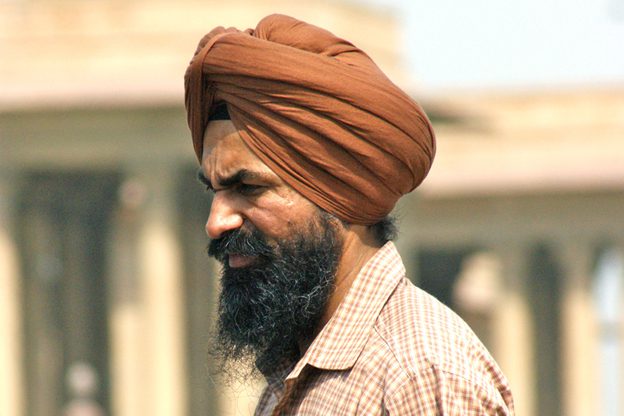
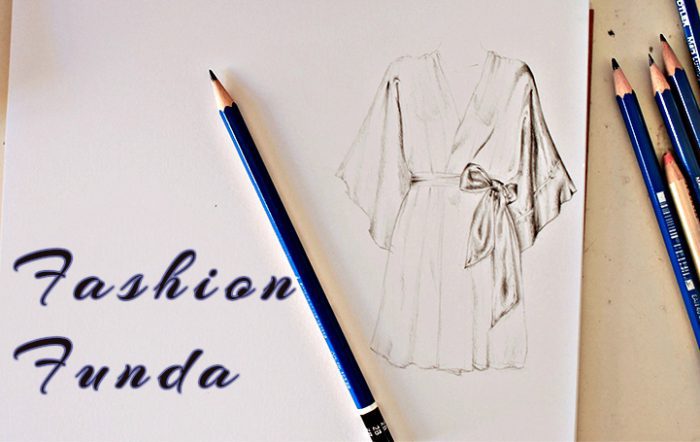

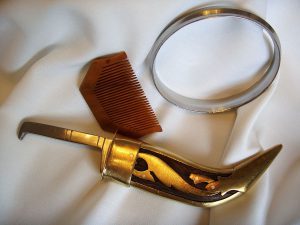
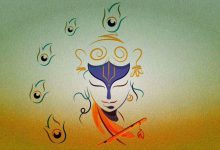


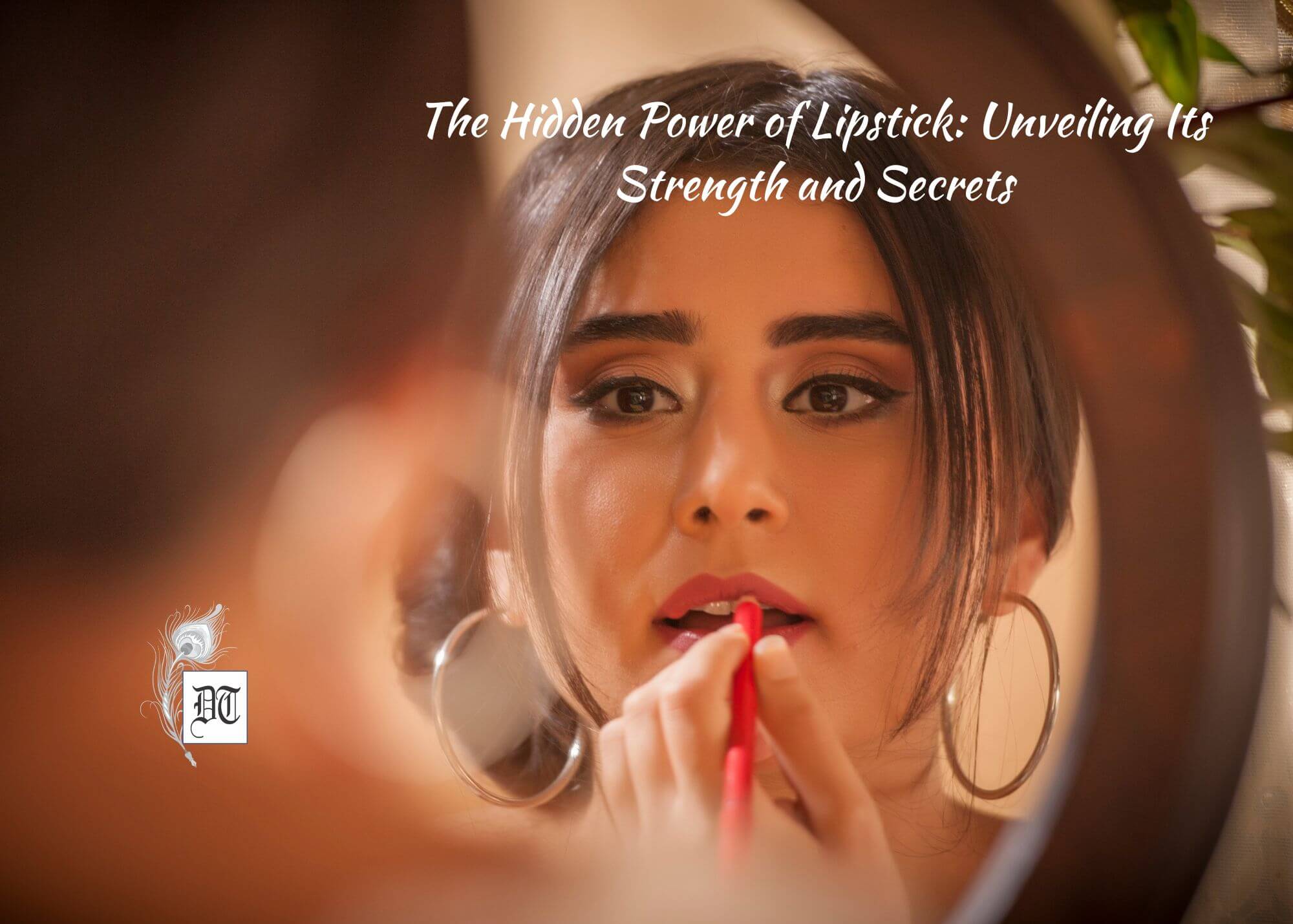
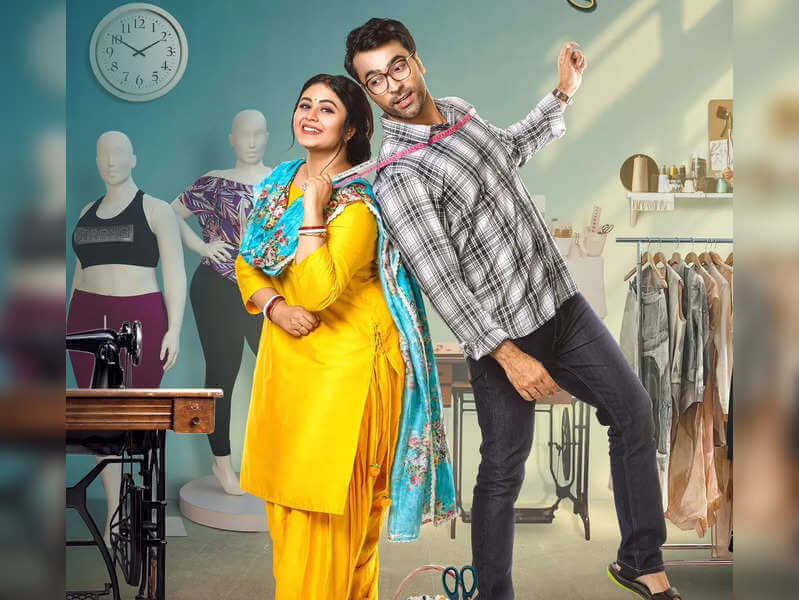
 By
By